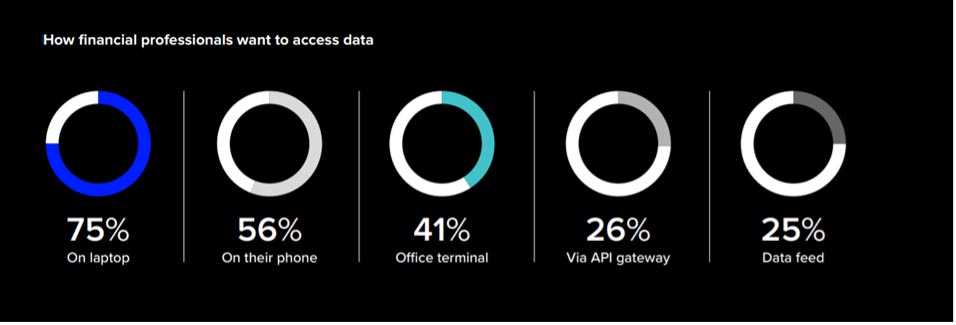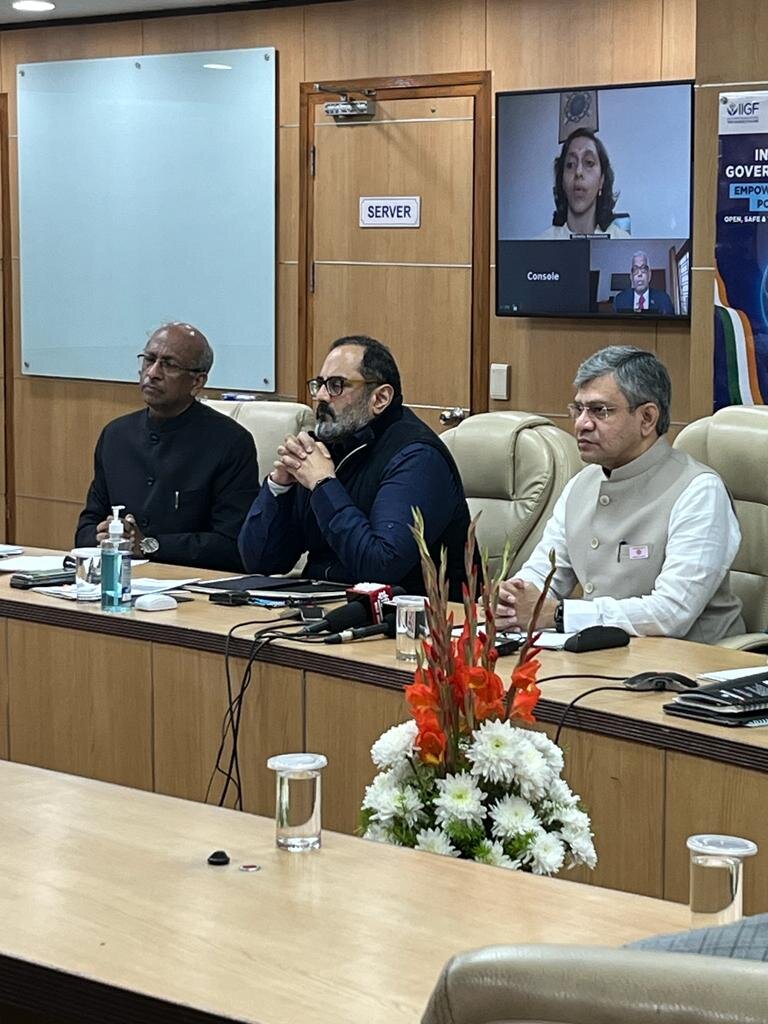Four Steps Towards Sustaining As A FinTech Leader
India's journey to becoming a $5 trillion economy involves investing in sectors like fintech and digital payments

India aims to become a $5 trillion economy in the next five years, as per the target set by Finance Minister Nirmala Sitharaman during her budget speech. The journey to $5 trillion is to be traversed through investments in both physical and intellectual infrastructure and technology is set to play a big role. The NITI Aayog document ‘India@75’ released last year provided a roadmap to the $5 trillion economy, which involves doubling farmer incomes and investing in sunrise sectors such as fintech and digital payments.
As it is, with the arrival of UPI and electronic know-your-customer processes, the cost of customer acquisition has gone down drastically and companies are cashing in on the gold rush with a lot more opportunity to cross-sell and upsell. However, the dynamics of the industry are changing rapidly. Fintechs are no longer on the sidelines providing products and services that traditional banks can’t, rather they are becoming business partners of lenders and solving high-level problems by leveraging technology.
For instance, most private banks are now partnering with Fintechs on a range of technology solutions be it faster credit disbursal through social scoring apart from traditional credit bureaus or new-age technology solutions like blockchain and AI based trade financing transactions. Even as the industry landscape evolves in tandem with the government’s policy focus to boost the financial services sector, the competition is heating up. Customer acquisition is no longer guarantee for success and companies must go further than their original mandate to ensure long-term engagement and market leadership.
Based on our learnings and experience in this industry for a while, here are a couple of things that have gained importance over the last couple of years to emerge as a FinTech leader.
Solving for Bharat
Firstly, the intent of creating a product or service by a FinTech company should not be about making profits or boosting the topline but to solve an actual problem in the market that no one has solved sustainably so far. While it is tempting to use India Stack and create a differentiated offering of the same lending model, the real value creation happens when you walk the uncharted territory and build maps to a destination that no one has ever been to yet.
Customised product-market fit
Product-market fit is one of those mythical concepts in business which is often overused but mostly misunderstood. It’s an ideal space for a business model where a product or service is not only able to satisfy users well but the market consisting of potential users is large and growing rapidly. For Fintech companies, a product-market fit is the key hinge on which the ecosystem rests. It could be the smallest things such as proper follow-ups, higher automation or a user-friendly feature that could turn a product around into a market star. Think wallets and their ease of use, think modern mobile banking apps and their vast array of features or just take the UPI use case and see how easily it blends ease of use and market potential in a frictionless interface.
Lifecycle management
It’s easy to launch a Fintech product with licenses on tap and no dearth of investor money flowing into the industry. However, the industry leaders are only those companies which have continued to innovate and improve upon their offerings week after week! It’s not enough to launch a product and run it well. Without key metrics to measure and improve the user experience or the average revenue per user, competition and market forces could show you the door just as soon as you enter. Hence, it becomes imperative to keep innovating and figuring out the customer needs before the competition to serve them better and offer them more choice. There’s value in the old cliche of a one-stop shop.
Focussing on risk management
From cyber risks to frauds, Fintech is easily one of the more susceptible industries to risk. There’s financial risk, regulatory risk and cyberattack risk, among others. The requirement of a Chief Risk Officer cannot be overemphasized, and a Fintech leader must take keen interest in managing risk throughout the organization by proactively finding shaky ground and fixing it without the risk materialising.
To sum up, at a time when Fintech is booming as a sunrise sector in the country, it’s easy for one to be tempted to grow fast and break things but it’s perhaps more valuable in the long term to grow smart and build ecosystems.
The author is the Founder and CEO, NeoGrowth Credit









